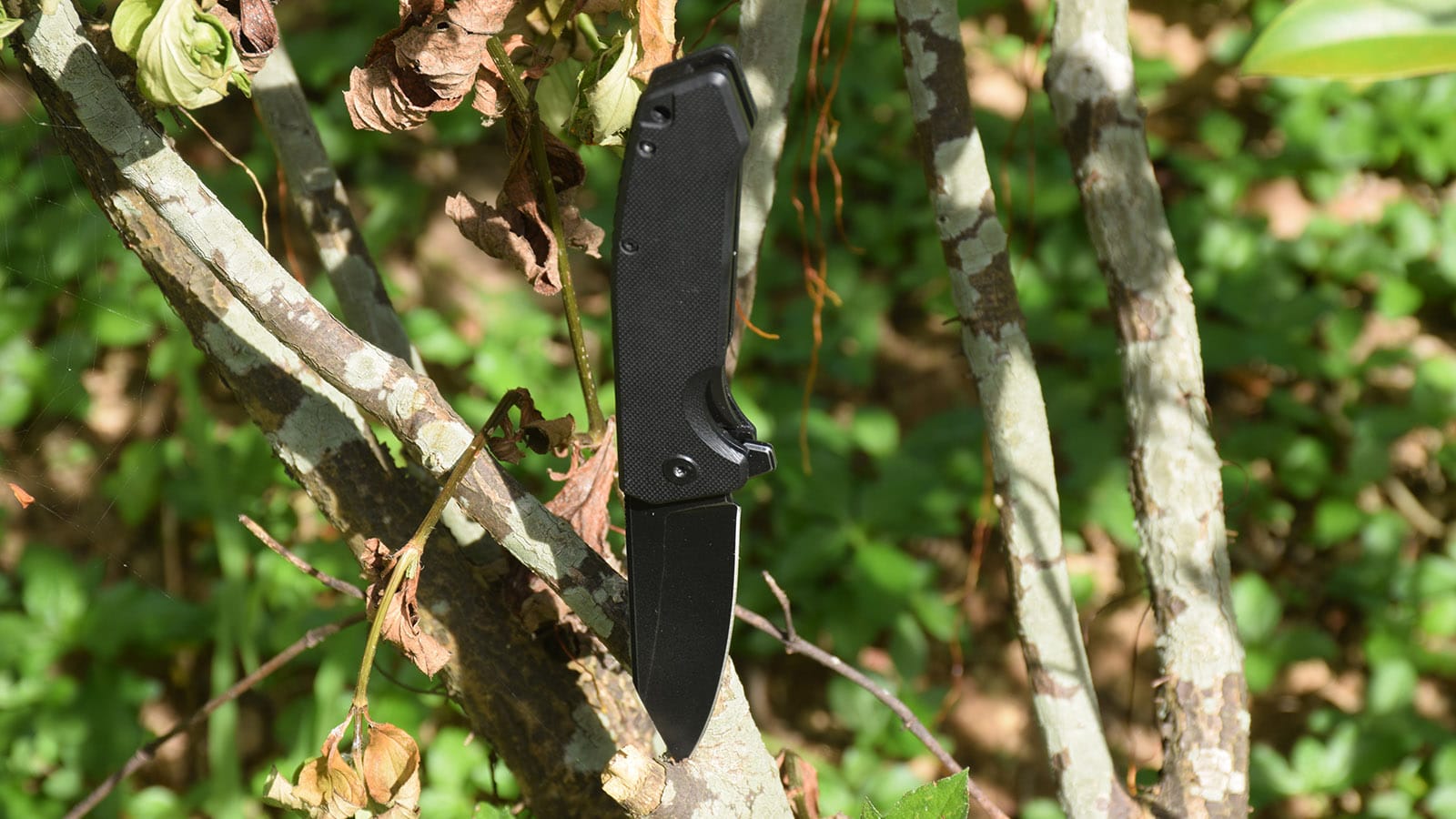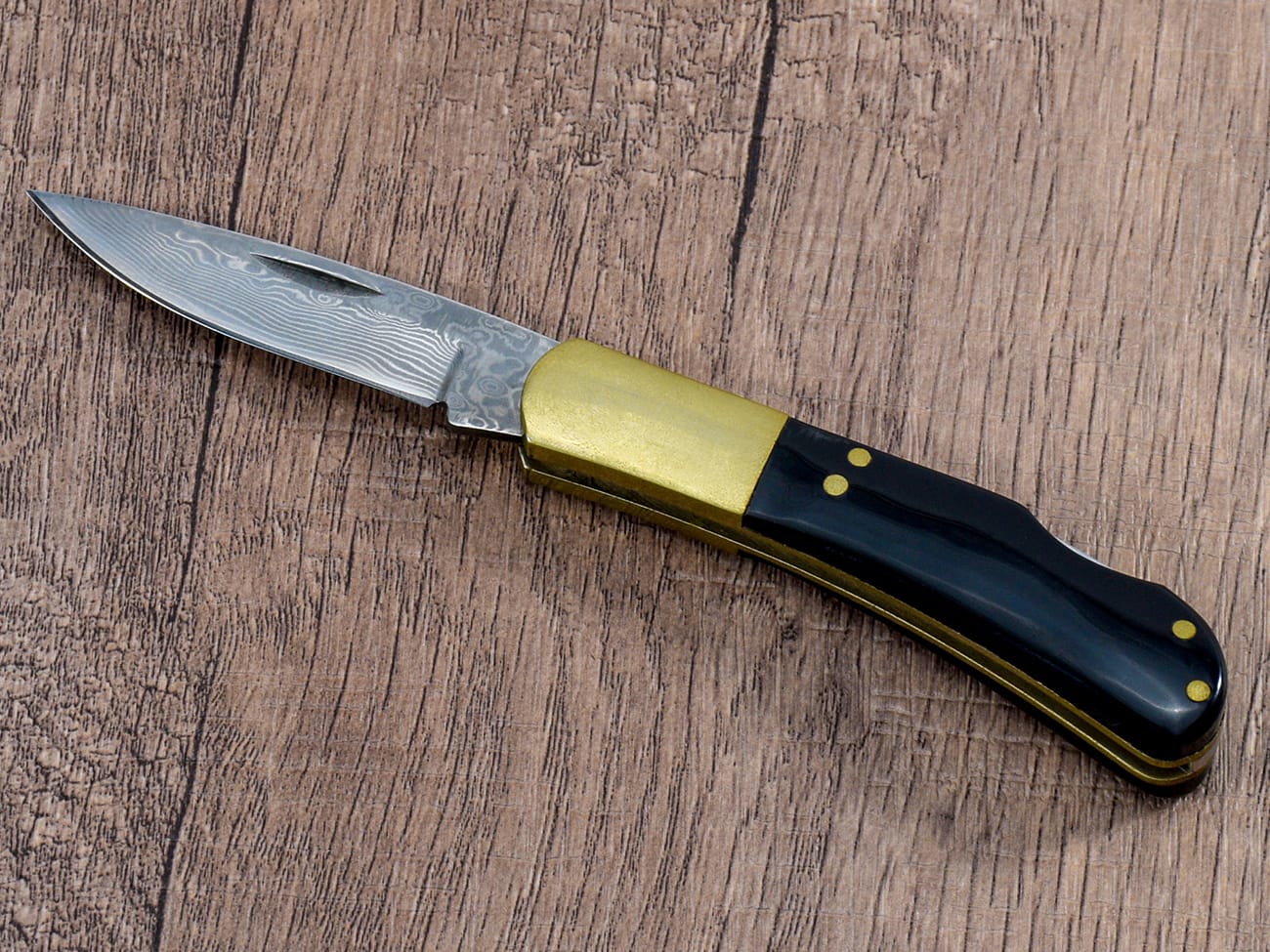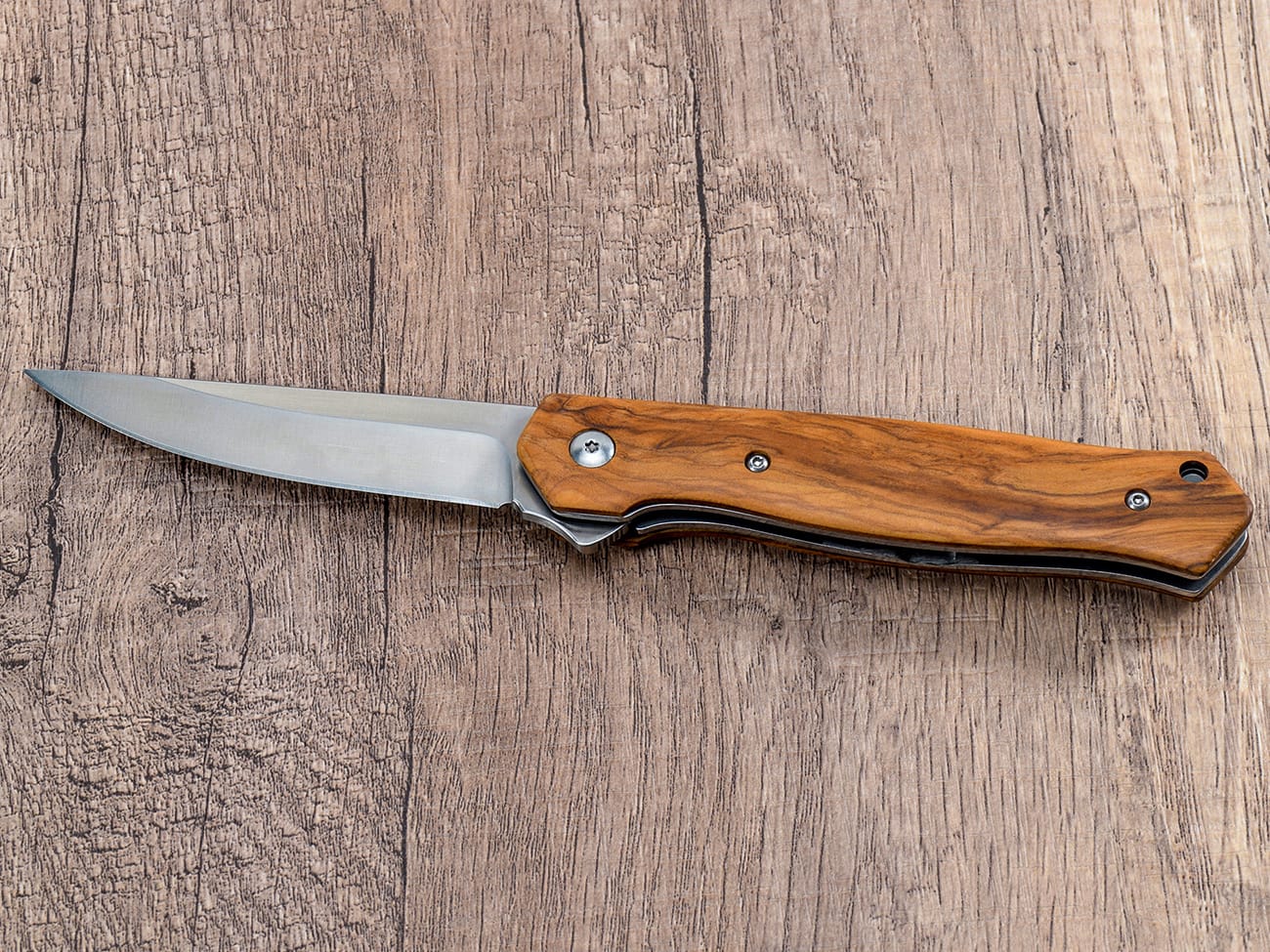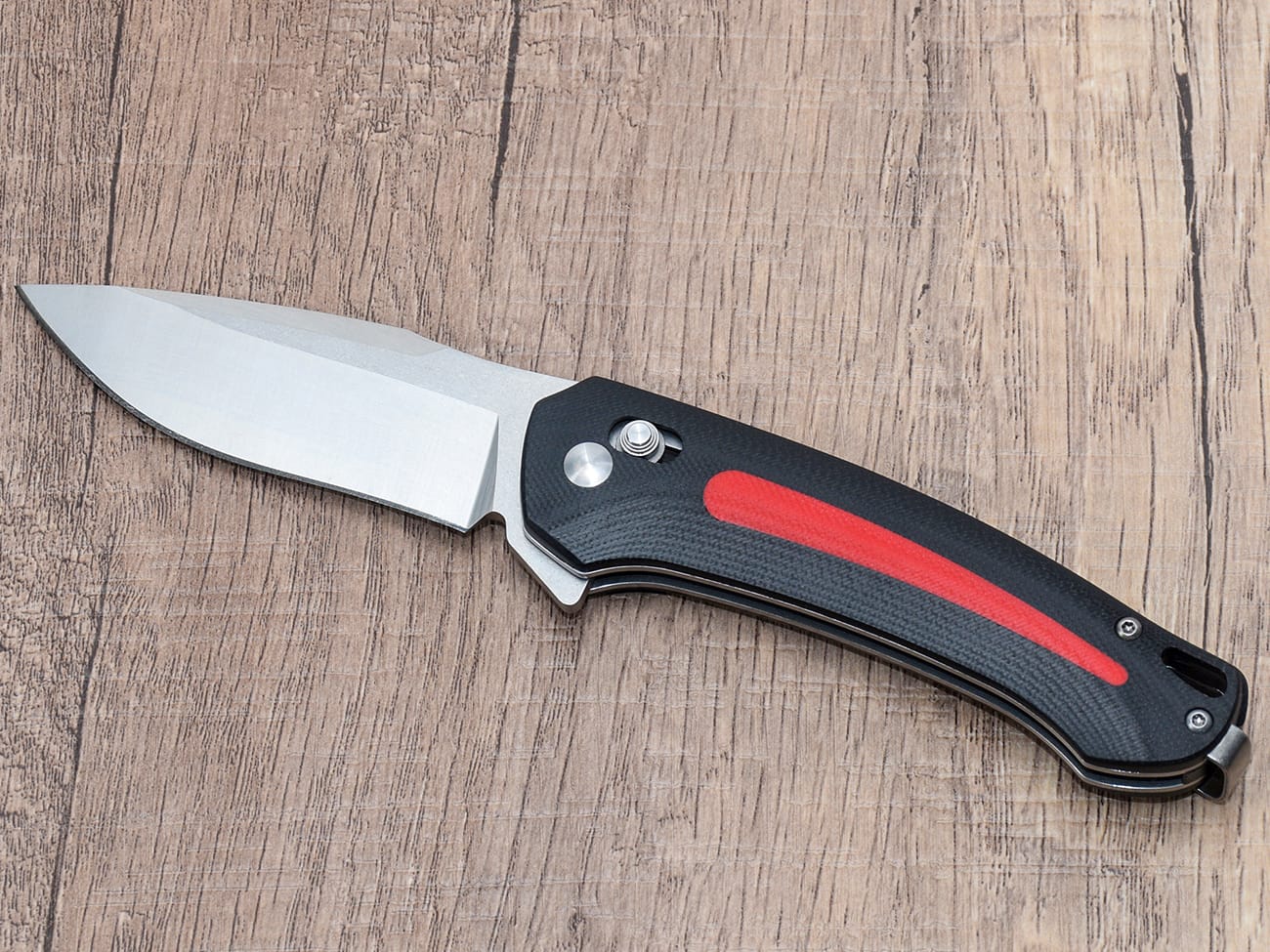Are you considering a pocket knife with a coated handle? You’re in the right place! In this comprehensive guide, we’ll explore the advantages and disadvantages of coated handles, helping you make an informed decision for your next pocket knife purchase. From enhanced grip to aesthetic appeal, we’ll cover it all. So, let’s dive in and discover if a coated handle is the right choice for you!
What Are Coated Handles and Why Should You Care?
Coated handles are a popular feature in modern pocket knives, offering a range of benefits and potential drawbacks. But what exactly are they, and why should you consider them for your next knife?
The Science Behind Handle Coatings: How Do They Work?
Understanding the technology behind handle coatings can help you appreciate their benefits. Let’s explore the different types of coatings and their unique properties.
Grip Matters: How Do Coated Handles Affect Performance?
One of the primary reasons for choosing a coated handle is improved grip. But how much of a difference does it really make in real-world use?
Durability Debate: Are Coated Handles More Resistant to Wear and Tear?
Knife enthusiasts often wonder about the longevity of coated handles. We’ll examine how well they stand up to daily use compared to uncoated alternatives.
Aesthetic Appeal: Do Coated Handles Enhance the Look of Your Knife?
While functionality is crucial, the appearance of your pocket knife matters too. Let’s discuss how coatings can impact the visual appeal of your blade.
Temperature Control: Can Coated Handles Improve Comfort in Extreme Conditions?
For outdoor enthusiasts, a knife that performs well in all weather conditions is essential. We’ll explore how coated handles fare in hot and cold environments.
Maintenance Matters: Are Coated Handles Easier to Clean and Care For?
Keeping your pocket knife in top condition is important. Let’s compare the maintenance requirements of coated and uncoated handles.
Cost Considerations: How Do Coated Handles Affect the Price of a Pocket Knife?
Budget is always a factor when choosing a knife. We’ll break down the potential impact of coated handles on your wallet.
Environmental Impact: Are Coated Handles a More Eco-Friendly Choice?
In today’s world, sustainability is a growing concern. We’ll examine the environmental implications of choosing a coated handle for your pocket knife.
Making the Right Choice: How to Decide if a Coated Handle is Right for You
With all the information we’ve covered, let’s summarize the key points to help you make an informed decision on whether a coated handle is the best option for your needs.Now, let’s dive deeper into each of these topics to give you a comprehensive understanding of coated handles for pocket knives.
What Are Coated Handles and Why Should You Care?
Coated handles are pocket knife grips that have been treated with a special material to enhance their properties. These coatings can be made from various substances, including powder coat, thermoplastic, or performance coating. The primary purpose of these coatings is to improve the knife’s grip, durability, and overall performance.As a pocket knife enthusiast, you should care about coated handles because they can significantly impact your knife’s functionality and longevity. Whether you’re using your knife for everyday tasks or outdoor adventures, the handle coating can make a difference in how comfortable and effective your knife is to use.
The Science Behind Handle Coatings: How Do They Work?
Handle coatings work by applying a thin layer of material to the surface of the knife handle. This process can be done through various methods, depending on the type of coating used. For example, powder coating involves electrostatically charging dry powder particles and spraying them onto the metal surface of the handle. The powder is then heated, causing it to flow and form a durable finish.Other coating techniques, such as those used for thermoplastic handles, may involve dipping or molding the handle material directly onto the knife tang. These advanced methods of applying coatings result in a strong bond between the coating and the handle material, ensuring long-lasting performance.
Grip Matters: How Do Coated Handles Affect Performance?
One of the most significant advantages of coated handles is their improved grip. Many coatings are designed to provide a textured surface that enhances traction, even in wet or slippery conditions. This can be particularly beneficial for outdoor enthusiasts who may need to use their knife in challenging environments.For example, a G10 handle with a textured coating can offer excellent grip without being overly abrasive. This balance of comfort and security can make a big difference in how confidently you can use your knife, especially during precision tasks or in situations where a slip could be dangerous.
Durability Debate: Are Coated Handles More Resistant to Wear and Tear?
When it comes to durability, coated handles often have an edge over their uncoated counterparts. Many coatings, particularly powder coatings, provide a durable finish that can resist scratches, chips, and general wear and tear better than bare metal or uncoated materials.However, it’s important to note that not all coatings are created equal. The quality of the coating and the application process can significantly impact its durability. High-quality coatings applied by reputable manufacturers tend to offer the best resistance to corrosion and everyday use.
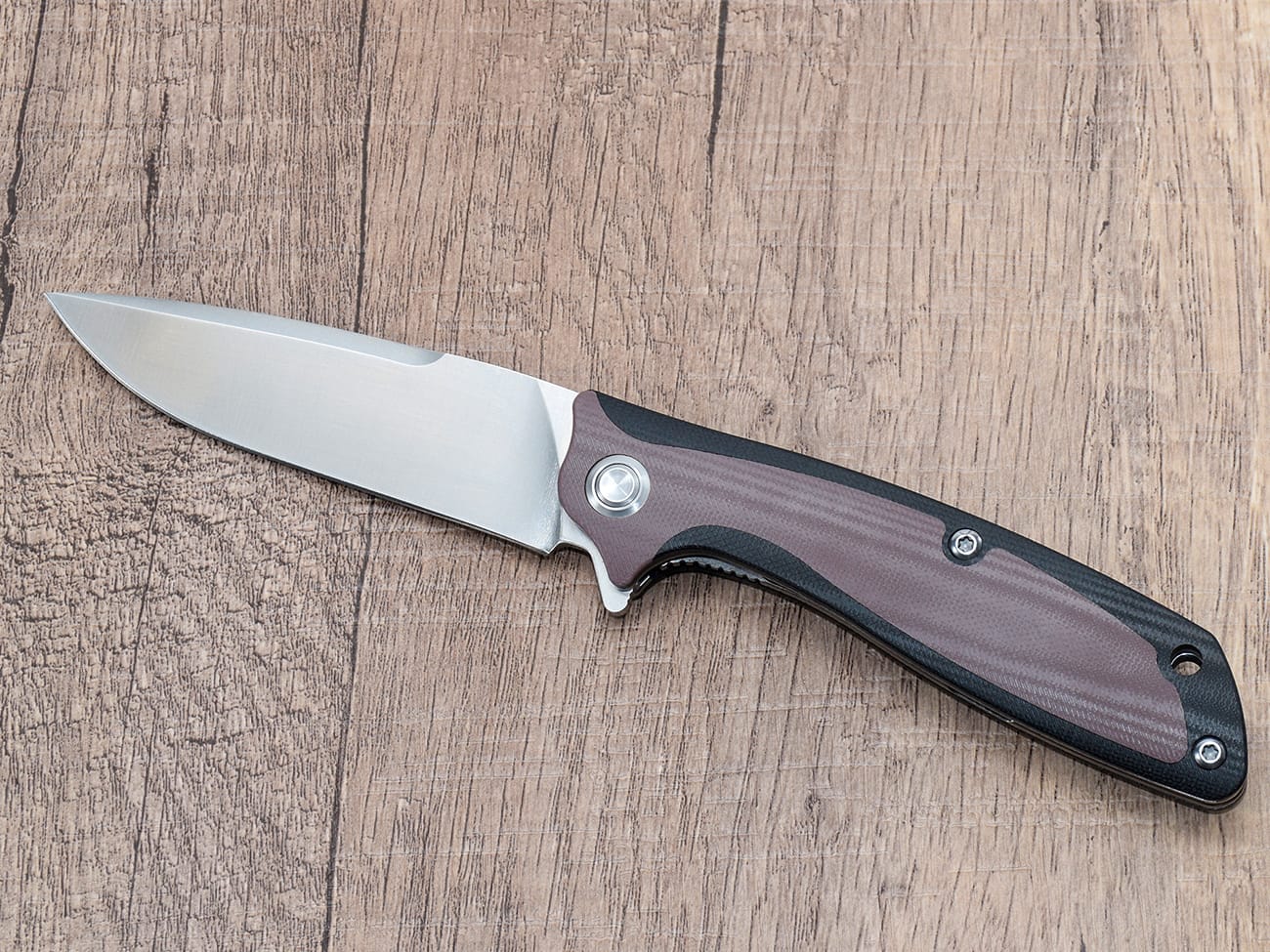
A custom 9cr18mov stainless steel pocket knife with a G10 handle, showcasing the durability and grip of coated handles
Aesthetic Appeal: Do Coated Handles Enhance the Look of Your Knife?
Coated handles can significantly enhance the visual appeal of a pocket knife. They offer a wide range of color options and finishes, allowing for greater customization and personal expression. From sleek black hardware to vibrant colors, coated handles can transform the look of a knife and make it stand out from the crowd.Moreover, some coatings can provide unique textures or patterns that add visual interest to the knife. This aesthetic versatility makes coated handles popular among collectors and those who appreciate the artistry of knife design.
Temperature Control: Can Coated Handles Improve Comfort in Extreme Conditions?
One often overlooked advantage of coated handles is their potential to improve comfort in extreme temperatures. Some coatings can act as insulators, helping to keep the handle cooler in hot conditions or warmer in cold environments. This can be particularly beneficial for outdoor enthusiasts who may need to use their knife in a variety of weather conditions.For instance, a thermoplastic handle with a specialized coating might provide better insulation against extreme temperatures compared to a bare metal handle. This can make the knife more comfortable to use and reduce the risk of the handle becoming too hot or cold to hold safely.
Maintenance Matters: Are Coated Handles Easier to Clean and Care For?
When it comes to maintenance, coated handles often have an advantage. Many coatings create a smooth, non-porous surface that’s resistant to stains and easier to clean than uncoated materials. This can be particularly beneficial for knives used in messy or dirty environments.However, it’s important to note that while coated handles may be easier to clean, they still require proper care to maintain their appearance and functionality. Following the manufacturer’s care instructions and avoiding harsh chemicals or abrasive cleaning methods can help ensure your coated handle stays in top condition for years to come.
Cost Considerations: How Do Coated Handles Affect the Price of a Pocket Knife?
The addition of a coated handle can impact the price of a pocket knife, but the extent of this impact varies. Generally, high-quality coatings may increase the cost of a knife due to the additional materials and processes involved in their application. However, many knife enthusiasts find that the benefits of coated handles justify the potential price increase.It’s worth noting that coated handles can be cost-effective in the long run. Their increased durability and resistance to wear may mean that the knife lasts longer, potentially saving money on replacements or repairs over time.
Environmental Impact: Are Coated Handles a More Eco-Friendly Choice?
The environmental impact of coated handles is a complex topic. On one hand, some coating processes, particularly those using powder coat, release very negligible amounts of volatile organic compounds (VOCs) compared to traditional liquid paints. This can make them a more environmentally friendly option in terms of air quality and pollution.However, the overall environmental impact also depends on factors such as the longevity of the coating, the recyclability of the handle material, and the manufacturing processes used. As environmental concerns continue to grow, many knife manufacturers are exploring more sustainable coating options and production methods.
Making the Right Choice: How to Decide if a Coated Handle is Right for You
When deciding whether a coated handle is right for your next pocket knife, consider the following factors:
- Intended use: Will you be using the knife in wet or slippery conditions where extra grip is beneficial?
- Durability needs: Do you require a handle that can withstand heavy use and resist wear and tear?
- Aesthetic preferences: Are you looking for a specific color or finish that’s only achievable with a coating?
- Maintenance habits: Are you willing to follow proper care instructions to maintain the coating?
- Budget: Is the potential price increase for a coated handle within your budget?
- Environmental concerns: How important are eco-friendly options to you?
By carefully considering these factors and weighing the advantages and disadvantages we’ve discussed, you can make an informed decision about whether a coated handle is the right choice for your next pocket knife.In conclusion, coated handles offer a range of benefits, from improved grip and durability to aesthetic appeal and potential temperature control. While they may come with a slightly higher price tag and specific care requirements, many knife enthusiasts find that the advantages outweigh any potential drawbacks. Ultimately, the decision comes down to your personal preferences and needs.Remember, whether you choose a coated handle or not, the most important thing is finding a knife that feels comfortable in your hand and meets your specific requirements. Happy knife hunting!Key points to remember:
- Coated handles can significantly improve grip and durability
- They offer a wide range of color options and finishes for aesthetic appeal
- Some coatings may provide better temperature control in extreme conditions
- Coated handles are often easier to clean but still require proper care
- The environmental impact of coatings varies, with some options being more eco-friendly than others
- Consider your specific needs and preferences when deciding if a coated handle is right for you

